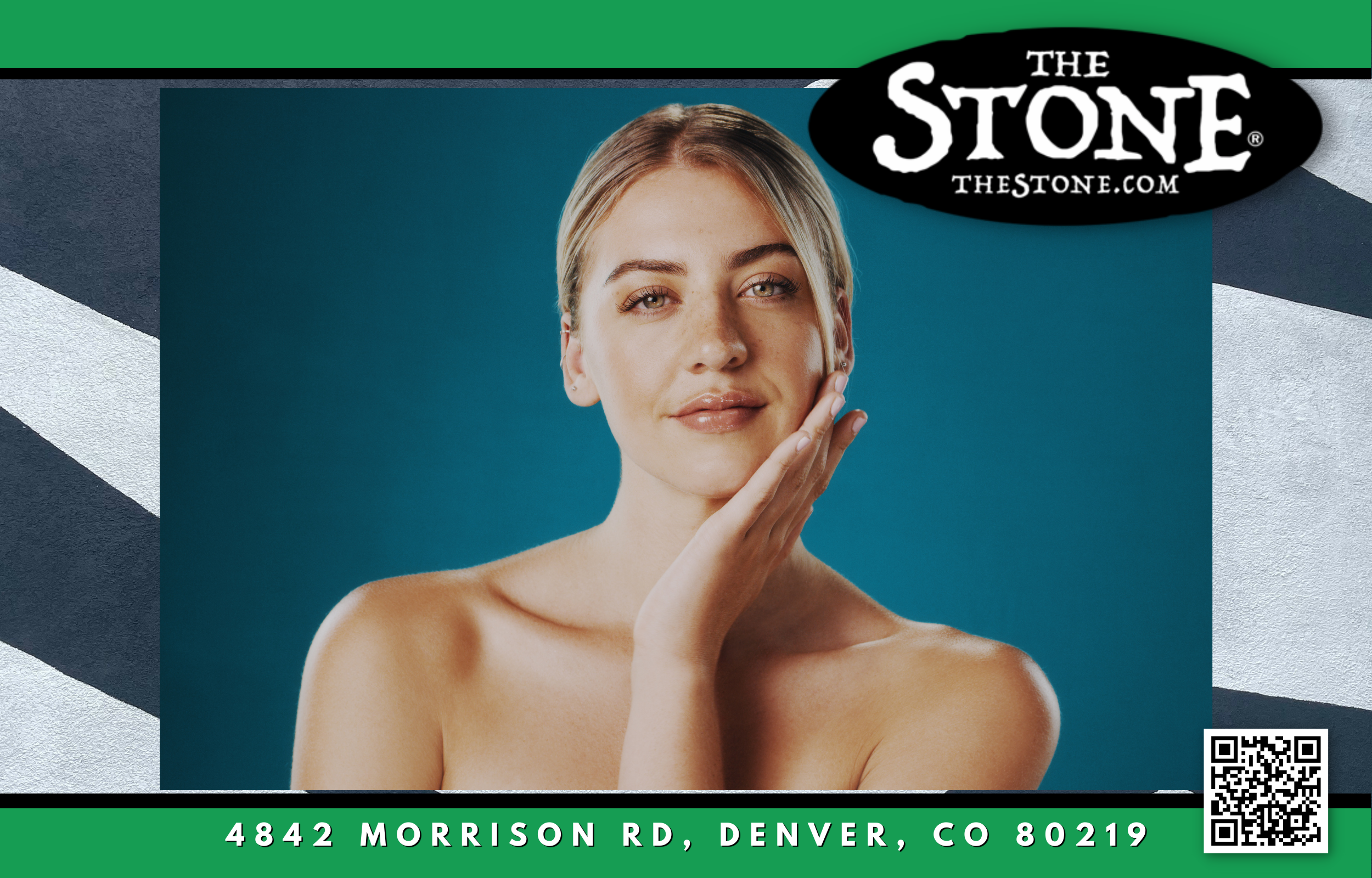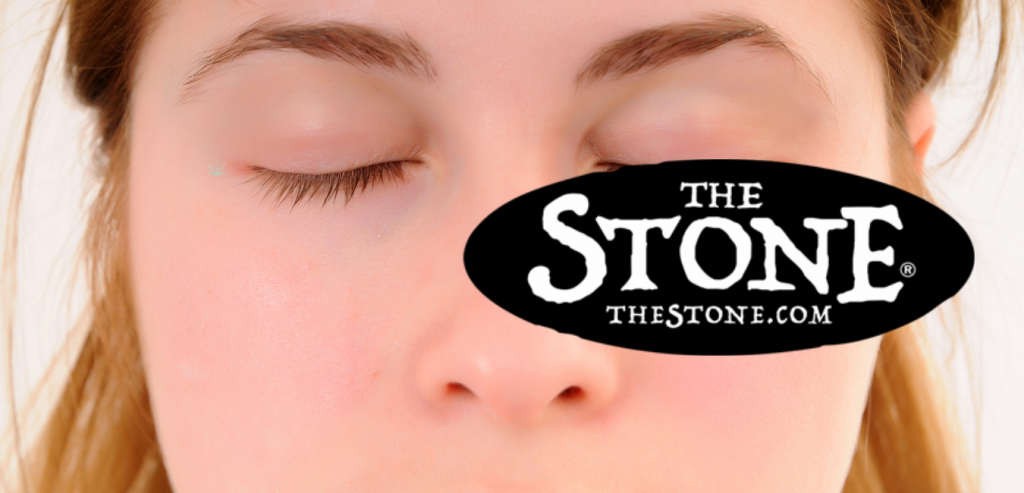
This website is for users aged 21 and over. Please confirm your age.

This is the first article in this series is all about topicals. Topicals for better skin, what are they? Why should you be using them and, most importantly, use them properly!
Topicals are creams or ointments applied directly to the skin for localized treatment of a problem like eczema or psoriasis. They can also refer to transdermal patches containing medications gradually released through the skin into the bloodstream over time. This means that topical treatments have less risk of side effects than oral medications do when used correctly.

Topical treatments can treat various skin conditions and provide relief for symptoms such as itching, pain, or inflammation. It’s also worth considering that topical treatments are safe enough to use on children younger than 12 months old. When applied correctly, topicals work by delivering medication directly to the affected area; without having any systemic side effects. This means they may be more effective when compared with oral medications. They are often less expensive too!
How To Apply Them Properly:
Use generously (don’t skimp) over sunburned areas you want to relieve from irritation; apply to dry skin before exposure to the sun (to protect from UV damage); apply sunscreen over the cream.
Depending on how severe or localized your symptoms are, this may take some experimentation. It’s always worth discussing with your doctor first if you have any questions. If using an ointment like petroleum jelly, rub all over the area where there is discomfort; If using a spray-on medication, make sure to thouroughly cover the affected areas. Be careful not to get too close to the eyes, nose, and mouth. Never put anything near these more sensitive parts of our faces!
Corticosteroid creams are usually used for skin conditions like eczema or psoriasis that cause inflammation in the area they are applied to. If you have a cortisone cream at home, make sure it’s safe for children under 12 months old before using as some can be toxic if ingested by young children! Apply generously over areas with inflammation, but don’t rub too hard or use anywhere near your face (eye area) because it could irritate the eyes and mouth. It might take up to two weeks for these creams to work for your skin condition, but they are great at relieving symptoms like itching and inflammation.

The most common side effect of corticosteroids is thinning the outermost layer of skin called the epidermis, leading to increased sensitivity or infections if you’re not careful. For this reason, it’s essential that once you stop using these creams, your doctor will probably recommend continuing topical treatments with something less potent such as calcineurin inhibitors (see below).
Calcineurin Inhibitors: These topicals are usually used in more localized areas to treat skin conditions like eczema, psoriasis, or rosacea. It’s important to stress that you should use these creams with caution and only after discussing the risks involved- -higher doses can lead to eye irritation, increased sensitivity, or even infections. Apply generously over areas with inflammation, but don’t rub too hard.
These topicals work by blocking histamine receptors (in cells) that release substances (histamines) involved with allergic reactions. This means you’ll have minor itching from allergies or rashes, for example, because these antihistamines block the histamine receptor response on skin cells, making it easier to stop an itch at its source! That’s why topical anti-histamines often come in spray form rather than cream form- -because sprays allow faster absorption into the skin.
Still, these can be easily managed by moisturizing generously after each application. -It’s important to mention that even if you experience some minor discomfort, it’s worth continuing treatment as those with severe allergies may not have any symptoms until their body is put under a lot of stress from an allergic reaction! As always, it’s good practice to discuss your concerns about this type of medication with your doctor before starting a course of treatment just in case there are specific risks for people who might have pre-existing conditions such as asthma or sinus problems.

In conclusion, there are many different types of topicals for various skin and hair conditions. It’s always essential to discuss treatments with your doctor before starting anything new, especially if you have pre-existing health problems or take other medications, so be sure to get in touch! If we all do our part, we can make the world more beautiful one person at a time!
So that wraps up this article on the best ways to use topical ointments, sprays, and creams like butter for better-looking skin, healthier hair, shinier nails, and happier moods ;). Now it’s your turn to spread knowledge about how these applications work by sharing this post with others who might benefit from the advice!
After a long day of work, what better way to relax and unwind than with a nice relaxing bath? But have you ever wondered why some baths are more satisfying than others? One major factor in the difference between good and fantastic is the scent. Bath salts can be made from lavender, eucalyptus, peppermint, or even citrus peels. These scents make your bathroom smell unique and leave your skin refreshed and rejuvenated!
Another way to feel as good is with skincare products. There are a variety of brands that offer your face and body what it needs to look healthy all year round. Quality ingredients like Witch Hazel, Tea Tree Oil, or Aloe Vera can be found in many different formulas starting from acne treatments to wrinkle removers. These natural ingredients work wonders for improving the health of your skin without any harsh chemicals!
The best thing about these topical cures is that they don’t just make you feel better on the inside but also improve how others see you! With some simple changes around your home, offices or classrooms will become more inviting because fresh scents can stimulate creativity, leading to productivity! Bath salts help you relax and improve the way your environment feels!
Article Substance: Bath salts and skincare products have excellent benefits for adults and children. From improved sleep to a boost in energy, these items can do wonders for how we feel daily. No matter what condition or concern is troubling you, there is something out there that will make life just a little bit better without any harmful side effects. In this blog post, I’ll be discussing all of the top topical cures like bath salts and skincare products so that you know exactly which ones are perfect for improving yours!
Body: As someone who has always been prone to acne breakouts (thanks, genes!), it’s been a constant challenge to find products that keep my skin clear and have enough staying power throughout the day. I must use oil-free makeup and stay away from non-water-based foundations (they can lead to more breakouts).
Another thing I’ve done over the years is switching up how often I wash my face, which seems like common sense, but most people don’t realize just how much their skin needs to look its best! For someone with oily or acne-prone skin, washing your face too frequently will strip it of moisture, causing excess sebum production, so try using an exfoliant at least once a week. It may seem counterintuitive because you’re introducing harsh chemicals into the skin. Still, with the proper formulation (read: gentle), exfoliants will help balance your oil production and remove dead skin cells, leading to more breakouts.
A good facial moisturizer is also an essential part of a healthy routine because it locks in moisture that you might otherwise wash away. Add on sunscreen for daytime use, or switch up what kind of lotion you’re using at night so that everything has been replenished as soon as you wake up! Keep reading to see how other topical cures like bath salts can improve your life too!
We warmly welcome you to explore our highly acclaimed strains, concentrates, and edibles. Serving recreational clients with pride is our passion.
At our dispensary, you'll find a professional yet inviting atmosphere that prioritizes your comfort and privacy. Feel free to stop by at your earliest convenience to experience it for yourself. We can't wait to serve you!


